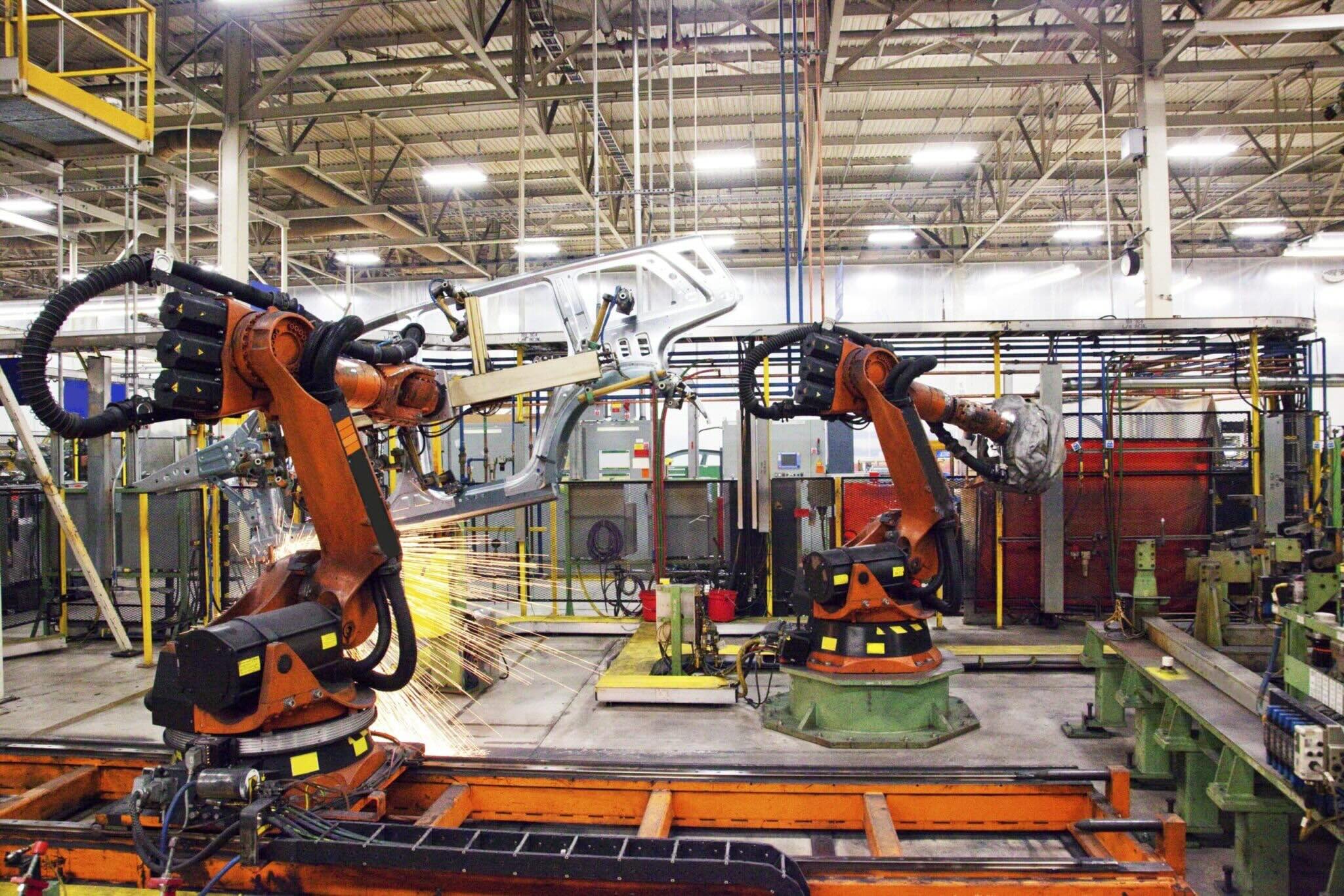Have a story idea
Have a story idea? Send it to us here.

Source : Creative Commons
December 6, 2024
Author : Alex Bustillos
The heavy equipment and off-highway (HE/OH) vehicle industry is undergoing a historic shift as manufacturers face growing demand for smarter, more efficient, and environmentally-friendly machinery.
From construction to mining and agriculture, the need for heavy-duty machinery like excavators, tractors, and haul trucks is increasing, driven by expanding global urban populations and the growing demand for raw materials used in various industries, including consumer and commercial tech products.
At the same time, new sustainability regulations are pushing these industries to become more resource-efficient and cut back on energy consumption. To meet these challenges, HE/OH manufacturers are turning to advanced technologies like electrification, automation, and digitalization to improve both their products and business models.
One of the major trends reshaping this industry is the move towards electrification and alternative fuels. Many manufacturers are now developing electrified powertrains, from full battery electric vehicles (EVs) to hybrid diesel-electric models.
These electrified machines are already showing promise in applications such as skid steers and small excavators, where high torque and precision are needed. Benefits include not just reduced emissions, but also lower noise and vibration, creating a healthier, more pleasant job site. Additionally, long-term costs for these electric machines are often lower than their diesel counterparts, making them more attractive to operators.
Battery-powered vehicles are also gaining traction in agriculture. Farmers are increasingly adopting minimal tillage practices, which require less power to operate, making electric tractors and other equipment a more viable option. These machines can run longer on a single charge, helping farmers meet tight schedules.
Meanwhile, some manufacturers are also exploring hydrogen and other alternative fuels to further reduce emissions without sacrificing performance. However, challenges like charging time, particularly in remote job sites, and the high upfront costs of electric equipment still need to be addressed before these technologies can become more widely adopted.
In the long run, automation is set to play a key role in the future of HE/OH vehicles. Autonomous equipment, including self-driving tractors and haul trucks, is expected to transform industries like construction and mining.
These machines require sophisticated systems of sensors, onboard computing, and actuation to operate independently in complex environments. While the technology is still evolving, manufacturers are making strides, and the controlled environments of agriculture and mining provide a more predictable setting for autonomous vehicles to thrive.
The autonomous construction equipment market is expected to see substantial growth, with projections indicating an increase from $4.43 billion in 2024 to $9.86 billion by 2030. A key driver of this growth is the push for automation in response to labor shortages, which is compounded by the need for safer, more efficient equipment. Excavators, in particular, are at the forefront of this transition.
Electrically powered autonomous construction machines, such as excavators, loaders, and haul trucks, are also rapidly gaining traction. These machines benefit from silent operations, reduced emissions, and longer operational ranges thanks to advances in battery technology. As automation and electrification converge, the future of construction machinery looks increasingly green and efficient.
However, the adoption of autonomous equipment faces several hurdles, including high initial investments and regulatory challenges. While the Americas lead in terms of market share for autonomous equipment, the rest of the world is catching up. Manufacturers such as Caterpillar, Komatsu, and John Deere are making significant progress in integrating artificial intelligence (AI) and machine learning into their products, working closely with tech giants to enhance efficiency across industries like mining, agriculture, and construction.
Despite these advancements, the construction sector as a whole is lagging in AI adoption. According to a report by the British Standards Institution (BSI), the UK’s built environment sector ranks poorly in AI readiness compared to other industries. The BSI’s analysis suggests that construction firms risk falling behind global competitors in the race to integrate AI into their processes.
The rise of autonomous machines and electrified equipment is not just about cutting-edge technology but also about creating new business opportunities. As automation and electrification continue to advance, they provide companies with the chance to develop innovative business models and generate stable, high-margin revenue streams.
While the path to widespread adoption of these technologies is not without challenges, the potential for improved safety, efficiency, and sustainability in construction, mining, and agriculture is undeniable.
Category : Efficiency-Improving Technology Market Watch Mobile Technology Tech
